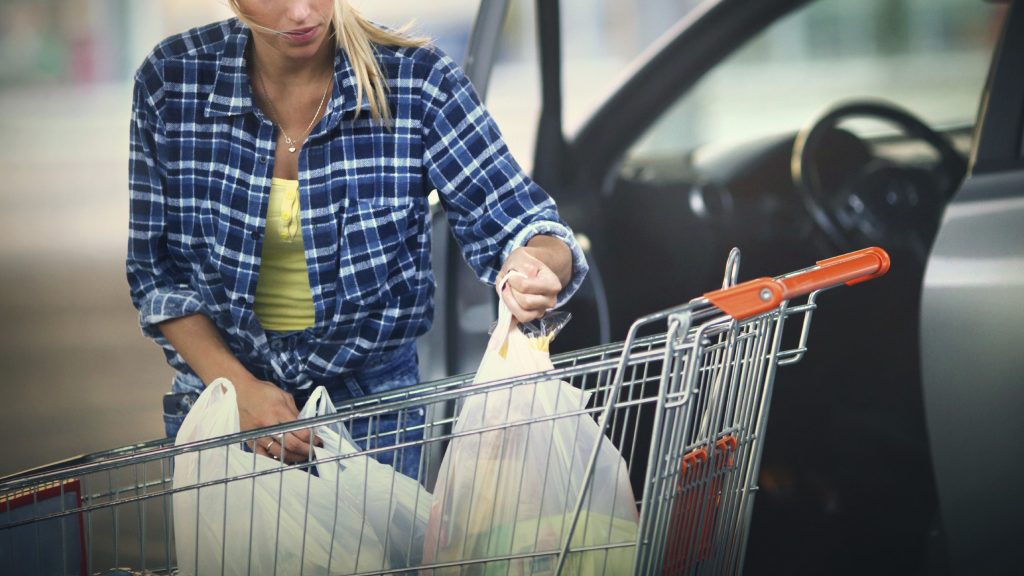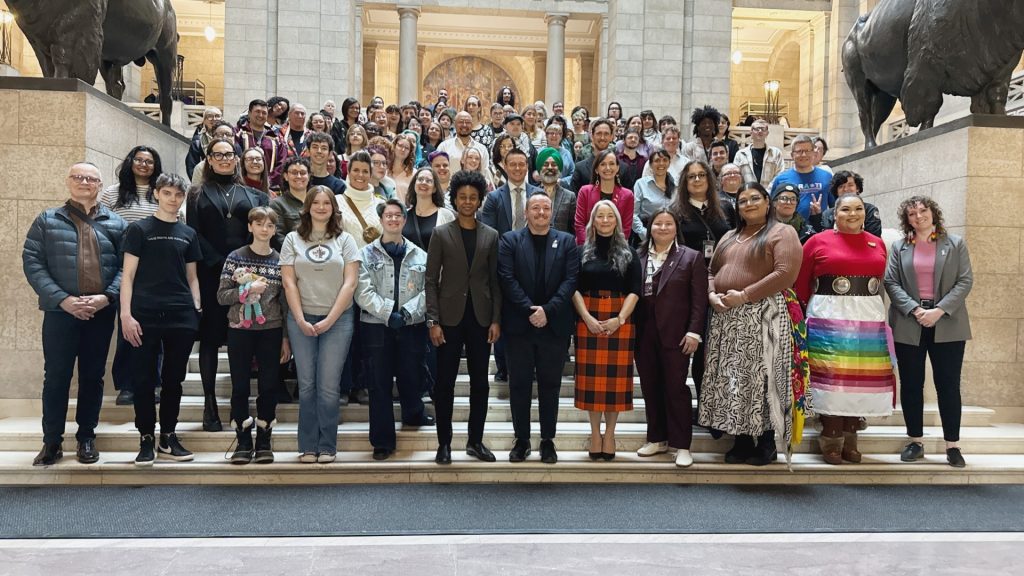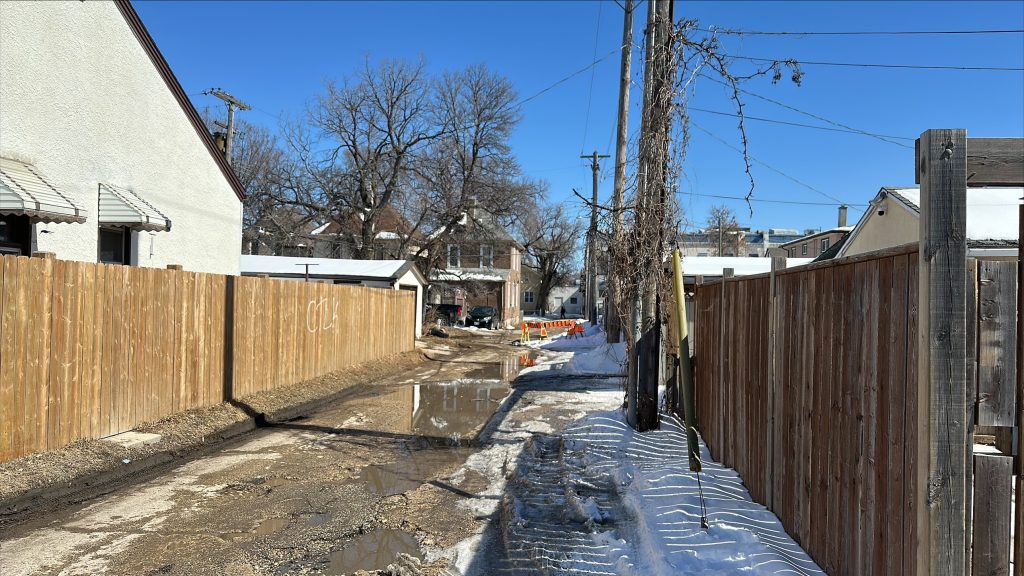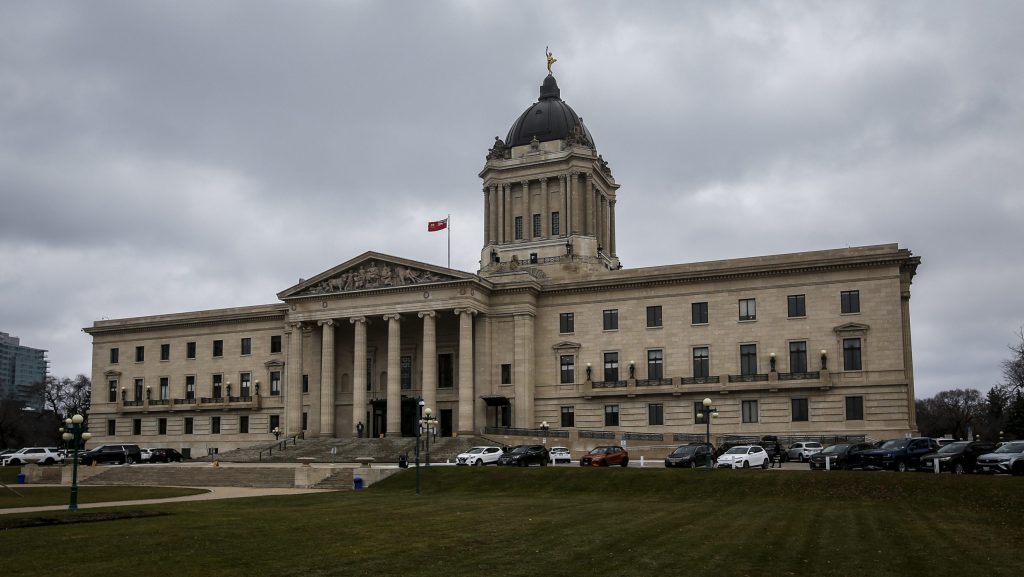Coronavirus pandemic drives food prices up in Canada, expert says

Posted June 30, 2020 11:15 am.
Last Updated June 30, 2020 1:17 pm.
VANCOUVER (NEWS 1130) – It looks like you’re about to start paying more for groceries because of the COVID-19 pandemic.
Everything across the supply chain in Canada is costing more.
Sylvain Charlebois with the Agri-food Analytics Lab at Dalhousie University says physical distancing measures in stores, additional PPE, plexiglass, and additional cleaning all come with added costs to stores and suppliers. To offset that cost, he says the consumer eventually has to pay up.
“Price increases will become absolutely obvious for everyone,” he tells NEWS 1130. “Because everything across the supply chain is costing more to do, from farming, to processing, to distribution. And grocers will likely have to pass on these extra costs to consumers, unfortunately.”
While meat prices were noticeably increasing prior to the COVID-19 pandemic, Charlebois says you can expect to shell out more cash for virtually all food items going forward.
It’s not just one category that is being hit.
“Things are calming down, but right now the food inflation rate is affecting everything on the periphery. From produce to bakery, even fish and seafood is being affected as well,” he explains.
Charlebois doesn’t think prices will stabilize anytime soon, adding it’s highly possible you’ll continue paying more for food well into 2021.
“Obviously if you spend $100 on food, you’d need to spend $104 instead of $100. But for an entire year, you should expect your food bill to increase by, probably right now, anywhere between $400-$500 for an average household,” he explains. “The other thing that is of great concern to us is that [COVID-19] really created a new benchmark. People didn’t go out for three months, so there’s no other way to save money than to stay home and cook, but that’s exactly what people were doing over the last three or four months.”
"The decoupling between the general and food inflation rates will make a 4 per cent food inflation rate feel more like a 10 per cent or 12 per cent for the average consumer buying food." https://t.co/sr3NMYPDvS
— The Food Professor (@FoodProfessor) June 30, 2020
He says saving more money than what’s been saved since COVID-19 restrictions were brought in likely isn’t possible for many people. Coming out of restrictions, Charlebois anticipates families will have to start spending a little more on food, “regardless if they actually go out or not.”
Charlebois says experts expect the food inflation rate to “be very high” for months to come.








